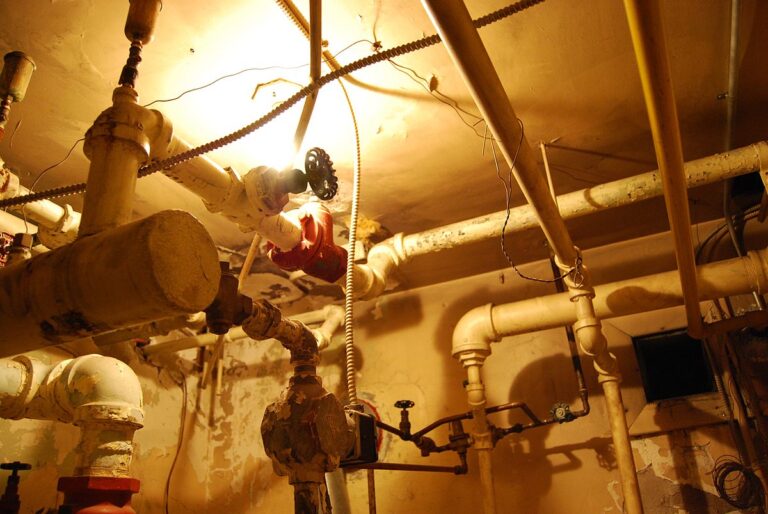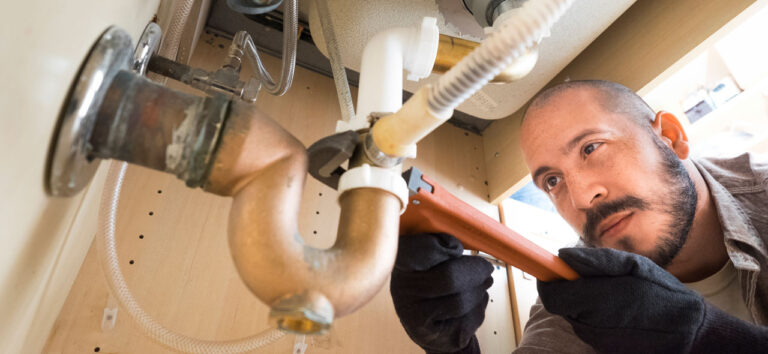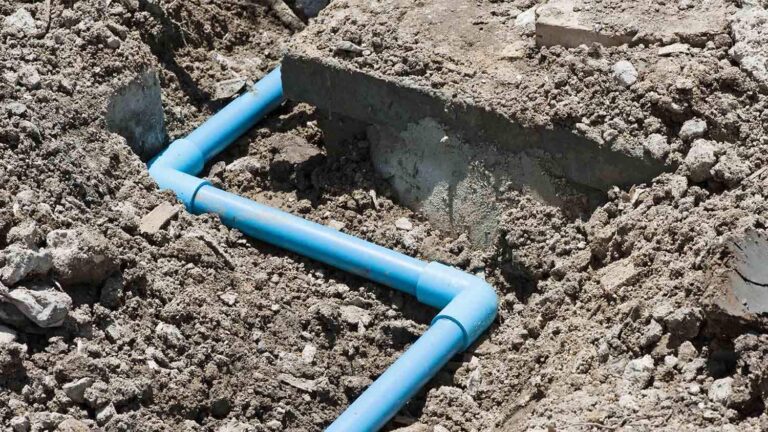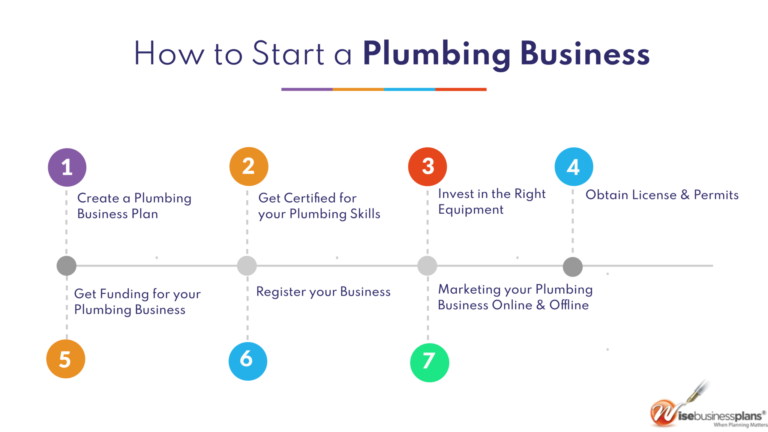What Is Plumbing Structure?
Plumbing structure is the network of pipes, valves, and fixtures that are used to provide water and gas to homes and businesses. It is an essential part of a building’s infrastructure, as it is responsible for the safe and efficient transportation of water and gas throughout the building. Plumbing structure is made up of a variety of components, including pipes, valves, fixtures, and fittings, all of which must be properly maintained in order for the system to work effectively. Plumbing structure also includes the maintenance and repair of these components. Without proper maintenance, plumbing systems can become inefficient, resulting in costly repair bills and a decrease in the overall efficiency of the building.
Overview of Plumbing Structure
Plumbing is one of the most important aspects of modern life. It provides us with clean, safe water and removes waste from our homes and businesses. Plumbing structure is the system of pipes, valves, and other fixtures used to convey fluids and gases. It is a vital part of any building, as it ensures the safe and efficient delivery of potable water, safe disposal of wastewater, and other important functions. Plumbing structure consists of several important components, including pipes, fittings, fixtures, valves, and other accessories. Each of these components has a specific purpose and must be correctly assembled in order to ensure proper and efficient operation.
Pipes are the main component of a plumbing structure, and the most commonly used materials for pipes are copper, steel, PVC, and ABS. They come in various sizes and shapes and must be chosen according to the size of the building and the type of fluid or gas being transported. Fittings are used to connect pipes to other components, such as valves and fixtures, and they come in a variety of materials. Valves are used to regulate or control the flow of fluids or gases, and they come in manual, automatic, and semi-automatic varieties. Finally, fixtures such as bathtubs, sinks, and toilets are used to deliver water, and they come in a variety of styles and designs.
Plumbing structure is a complex system, and it is important to ensure that it is installed correctly in order to prevent leaks and other problems. Professional plumbers should always be consulted when installing or repairing a plumbing structure in order to ensure that it is done correctly and safely. Plumbing structure is an essential part of any building, and it is important to ensure that it is installed and maintained correctly in order to ensure its long-term functionality.
Types of Plumbing Structures
Plumbing structures are an integral part of any building’s infrastructure and can vary in complexity depending on the needs of the structure. Plumbing structures are responsible for supplying water to a building, as well as disposing of wastewater and facilitating the drainage of rainwater. Plumbing structures come in a variety of shapes and sizes, from small residential systems to large commercial systems. There are several types of plumbing structures, including: water supply systems, drainage systems, and sewerage systems.
Water supply systems are responsible for supplying clean water to a building. These systems typically include a network of pipes, valves, and fixtures, such as taps, showers, and toilets. Water pressure is regulated by pumps, tanks, and valves, and the system is designed to ensure there is enough water to meet the needs of the building.
Drainage systems are responsible for carrying rainwater away from a building and into a stormwater system. These systems typically include gutters, downspouts, and catch basins, as well as a network of pipes and valves that allow water to be diverted away from the building.
Sewerage systems are responsible for disposing of wastewater from a building. These systems typically include a network of pipes, pumps, and valves, as well as a septic tank or other wastewater treatment system. Sewerage systems are designed to ensure that wastewater does not contaminate the environment.
Each type of plumbing structure has its own unique set of requirements and considerations, so it’s important to consult a plumber when designing or installing a plumbing system. A professional plumber can help to ensure that the plumbing system is designed and installed correctly, and can also provide advice on maintenance and repairs.
Benefits of Plumbing Structure
Plumbing structure is an important part of any home or business. It is essential for the proper functioning of water, waste, and drainage systems. Plumbing structures provide a variety of benefits that can help to maximize the efficiency and safety of your property.
One of the most important benefits of plumbing structure is that it helps to reduce the risk of water damage and flooding. By installing quality plumbing fixtures, pipes, and valves, you can ensure that the water pressure is maintained and that there is no water leakage. This can help to prevent costly water damage.
Plumbing structure also helps to increase the value of your property. Plumbing fixtures that are properly installed and maintained can help to make your home or business more attractive to potential buyers, increasing the resale value. Additionally, when you are ready to sell, buyers will appreciate the quality of the plumbing structure.
A properly installed plumbing structure can help reduce energy costs. By installing energy-efficient plumbing fixtures, pipes, and valves, you can reduce the amount of water that is wasted and help to reduce your utility bills.
Finally, plumbing structure helps to keep your property safe. Quality plumbing fixtures, pipes, and valves can help to prevent contamination of the water supply and can help to protect your property from external elements such as freezing temperatures.
In conclusion, plumbing structure is an essential part of any home or business. It helps to reduce the risk of water damage, increase the value of your property, reduce energy costs, and keep your property safe. Investing in quality plumbing fixtures, pipes, and valves is one of the best ways to maximize the efficiency and safety of your property.
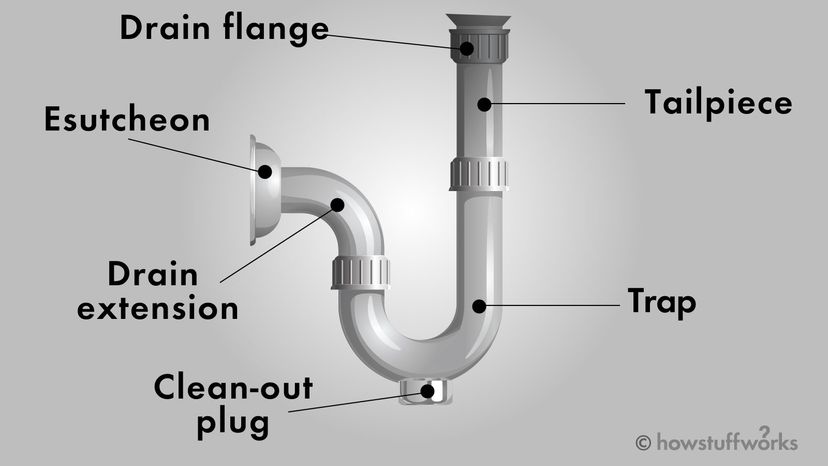
Components of Plumbing Structure
Plumbing is an integral part of any structure, providing clean water and safe waste disposal. Without plumbing, structures would be uninhabitable. A plumbing structure is composed of an array of components that allow water to be circulated throughout a building. The components of a plumbing structure include pipes, fittings, fixtures, valves, pumps, and other accessories.
Pipes are the main component of a plumbing structure, transporting water from one place to another. Pipes are typically made of copper, PVC, PEX, or CPVC and come in various sizes and lengths. Fittings are used to connect pipes together, while fixtures provide a means for water to be dispensed from the plumbing structure. Valves control the flow of water, while pumps increase the pressure of the water. Other accessories, such as expansion tanks, backflow preventers, and water softeners, are also part of a plumbing structure.
Plumbing structures are designed to meet the specific needs of a building, such as the number of bathrooms, kitchens, and other water-using fixtures. Professional plumbers are responsible for the installation and maintenance of a plumbing structure, ensuring that it is functioning correctly. Plumbing structures are also inspected annually to ensure that all components are in good working order.
It is important to understand the components of a plumbing structure and how they work together to provide a safe and reliable plumbing system. Armed with this knowledge, you can ensure that your plumbing structure is up to code and running efficiently.
Installation of Plumbing Structure
Plumbing structure is an integral part of any residential or commercial building. It is responsible for ensuring that the water supply and drainage systems are functioning properly, providing an efficient and safe way for waste and water to be transported. The installation of plumbing structure requires a thorough understanding of the system and its components. To begin, it is important to choose the right parts and materials. This is essential for the longevity and safety of the system. The right materials must be able to withstand pressure, temperature shifts, and other environmental conditions. Additionally, the piping must be correctly sized and installed to ensure that water flows and is in compliance with local building codes.
Once the components of the plumbing structure are chosen and installed, a qualified plumber will need to connect the various parts. This can include connecting the pipes, fixtures, and other components to the water supply, drainage systems, and waste lines. The plumber will also need to inspect the system and ensure that all connections are secure and functioning properly. Finally, the plumber will need to install the proper safety devices and take the necessary measures to guarantee that the system is safe and reliable.
The installation of a plumbing structure is a complex process that requires a high level of skill and expertise. It is important to hire a qualified plumber or plumbing contractor to ensure that the installation is done properly. A good plumber will be able to provide advice and guidance on the best materials and components for the job, as well as provide the necessary maintenance and inspection services to ensure that the system is in good working order.
Maintenance of Plumbing Structure
Plumbing structure maintenance is essential for ensuring your home or building functions properly. Plumbing systems are made up of pipes, valves, and fixtures that bring water into and out of your home. These systems are important for providing fresh, clean water to your family and, in some cases, for removing wastewater from your home. While plumbing systems are designed to last for many years, they will eventually need maintenance or repairs. Neglecting plumbing maintenance can lead to costly repairs and possibly health risks.
Regular maintenance of your plumbing systems can help detect issues before they become major problems. It’s important to inspect all pipes and fixtures for any signs of wear and tear, and to check for water pressure problems. Regularly flushing tanks and drains can also help keep your plumbing system running smoothly. Additionally, it’s important to regularly inspect and clean all water-using appliances such as water heaters, dishwashers, and washing machines.
With proper maintenance, your plumbing system should last for many years. Regular maintenance and repairs can help prevent costly damage and ensure your plumbing system continues to function properly. Plumbing maintenance is an important part of keeping your home safe, comfortable, and efficient.
FAQs About the What Is Plumbing Structure?
Q1: What is plumbing structure?
A1: Plumbing structure is a system of pipes, valves, fixtures, and other devices designed to convey water and/or waste to and from a dwelling or building.
Q2: What are some common plumbing structures?
A2: Common plumbing structures include water supply systems, drainage systems, and wastage systems.
Q3: What is the importance of plumbing structure?
A3: Plumbing structure is important as it ensures that water and waste are effectively and safely removed from a dwelling or building, making it more sanitary and livable.
Conclusion
The plumbing structure in a building is an essential component of any home, building, or facility. Plumbing is responsible for moving water and waste from one place to another, and is an integral part of any home or building. Plumbing systems are designed to keep water from getting contaminated and to ensure that wastewater is properly disposed of. By understanding the plumbing structure of a building, homeowners and facility managers can help keep their buildings functioning properly and prevent costly repairs.


